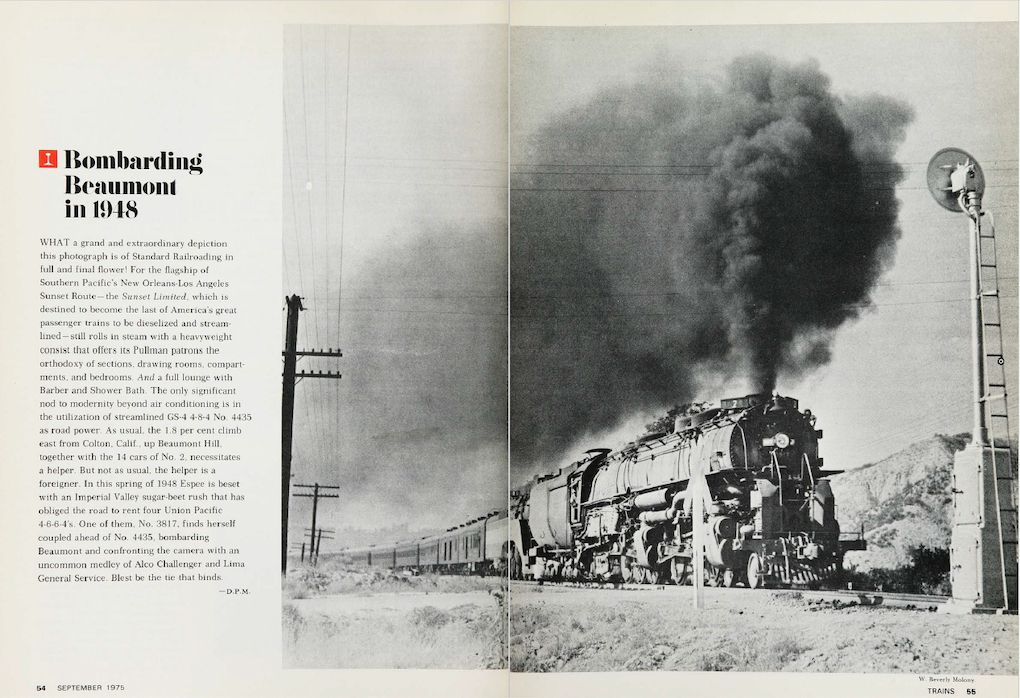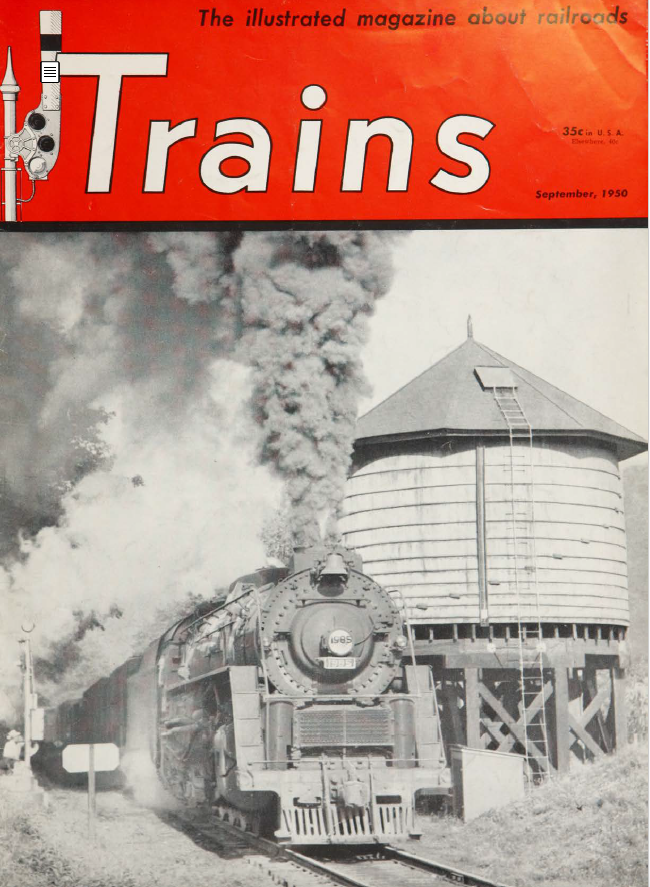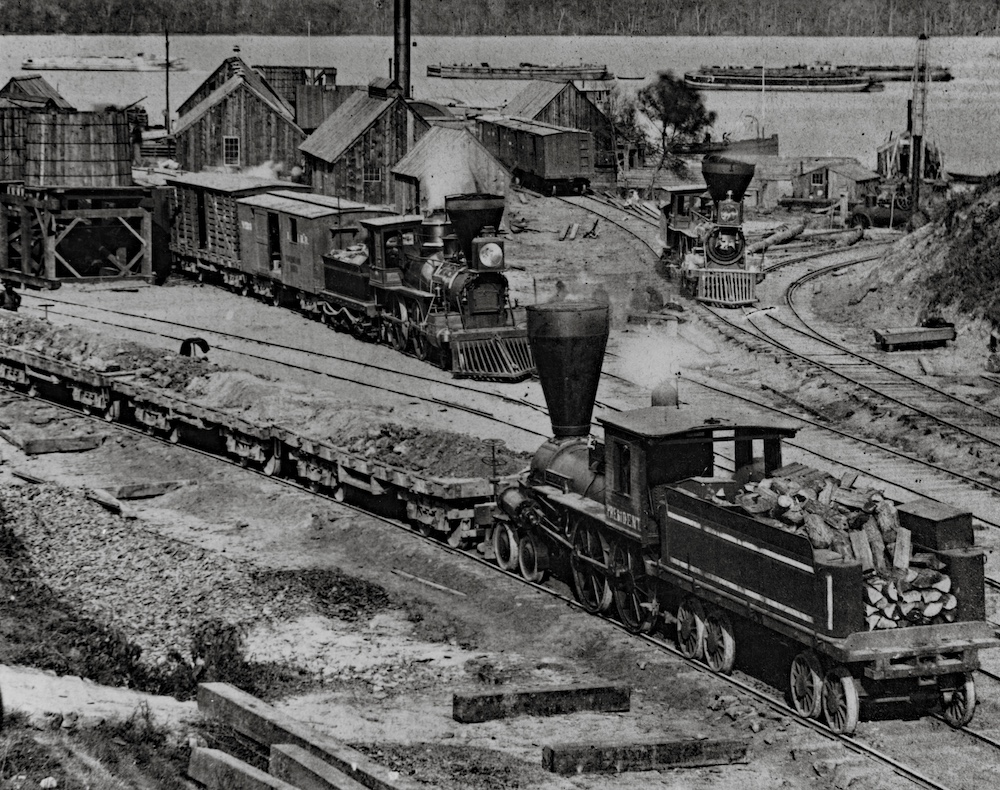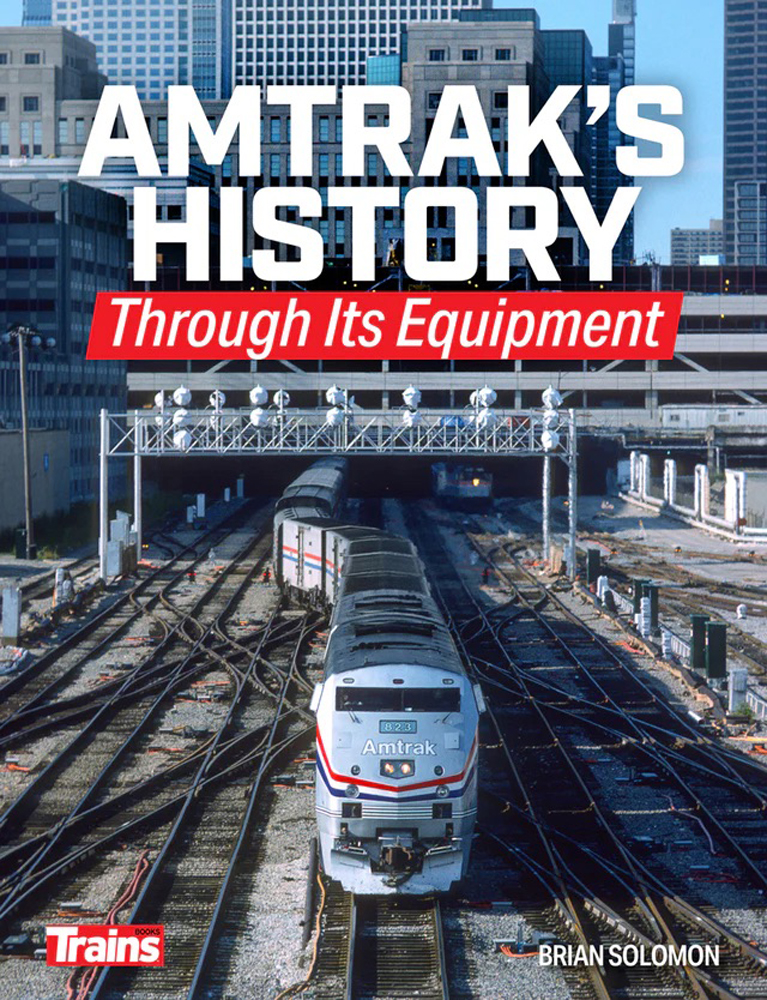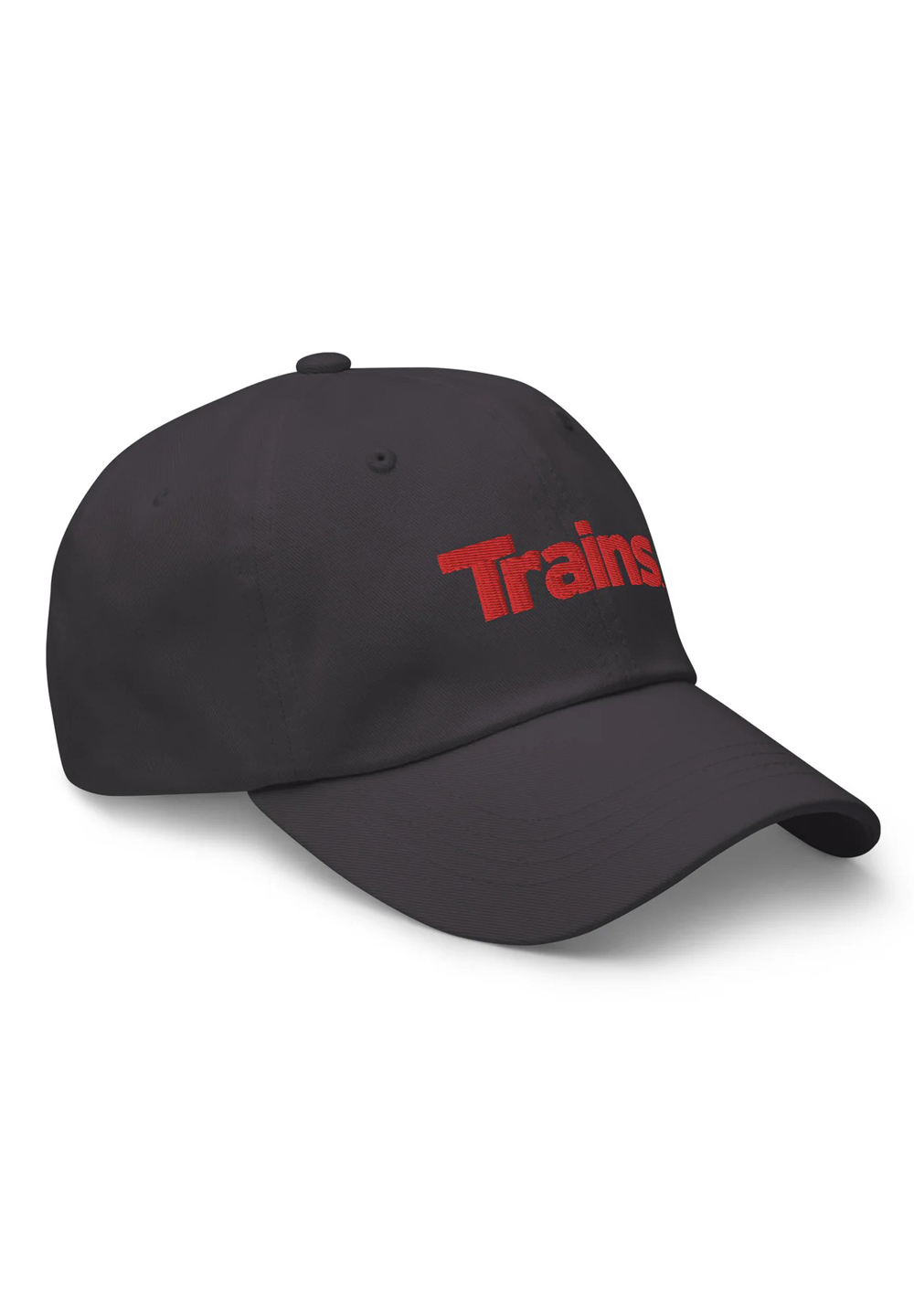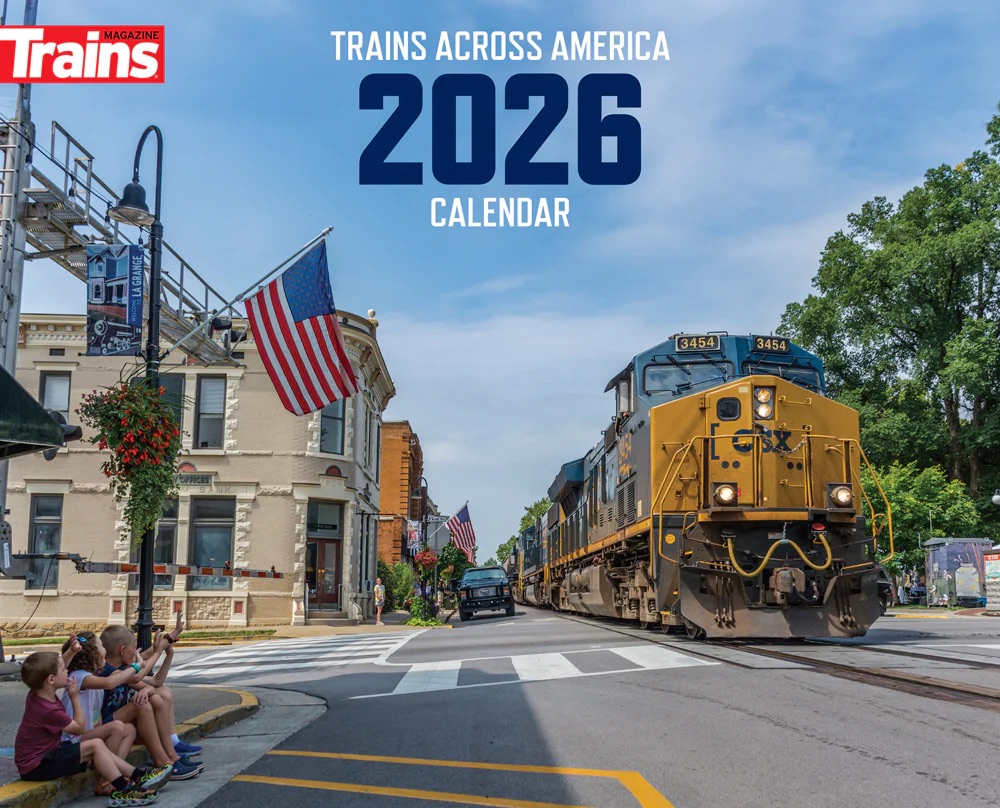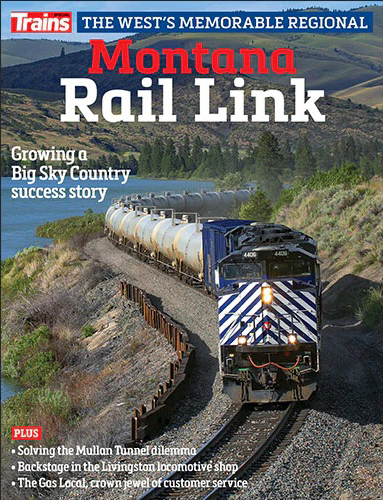Railroad History in a Nutshell
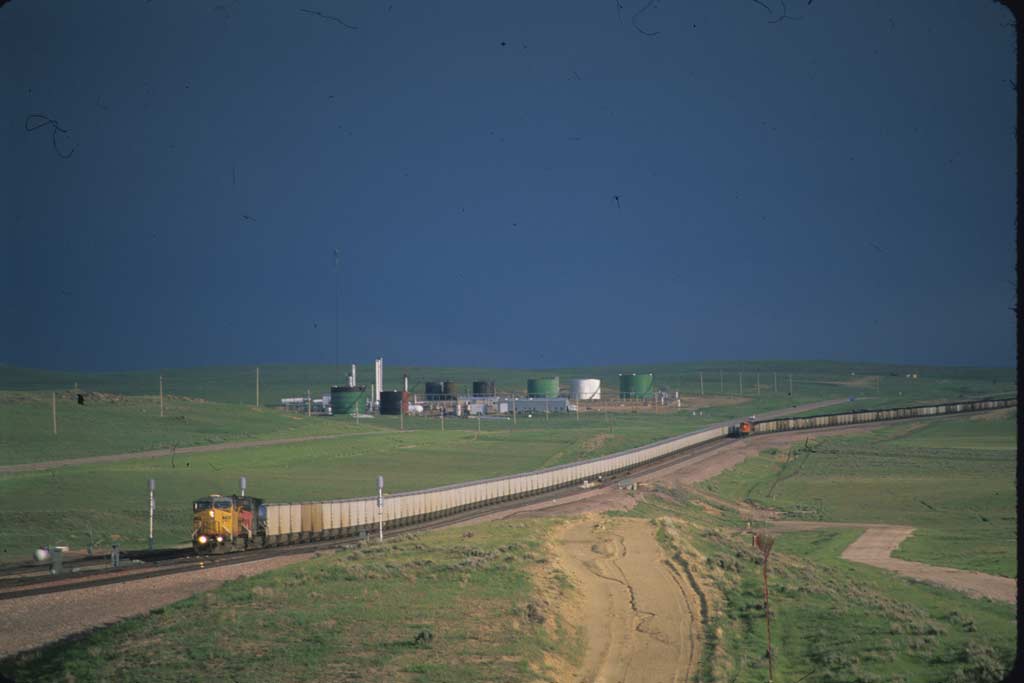 Two coal trains in the Powder River Basin in Wyoming illustrate the astonishing growth of railroad freight in the U.S. and Canada. Matt Van Hattem
Two coal trains in the Powder River Basin in Wyoming illustrate the astonishing growth of railroad freight in the U.S. and Canada. Matt Van Hattem
North American railroading has a rich past. How can it all be encapsulated? Where can you go to learn its roots? The Center for Railroad Photography and Art, based in Madison, Wis., demonstrates how photographs and art can contribute to a wider understanding of railroads’ impact on the growth, economic life, and people of America
Launched in 2000 by CRPA founder John Gruber, Railroad Heritage gave the Center a publishing platform. Of the first thirty-one issues, two were critically acclaimed special issues, “Railroad History in a Nutshell” and “Railroad Preservation in a Nutshell”, both also in collaboration with Jack Holzhueter as well as Scott Lothes
We titled former Trains Senior Editor Matt Van Hattem’s picture (above) “Coal Traffic Booms in the Powder River Basin,” using it to show the growth in freight traffic. An added feature to this entry was an oral interview with a Burlington Northern executive who proposed the building of the Powder River line to BN board of directors in the 1970s — one of railroading’s most important successes.
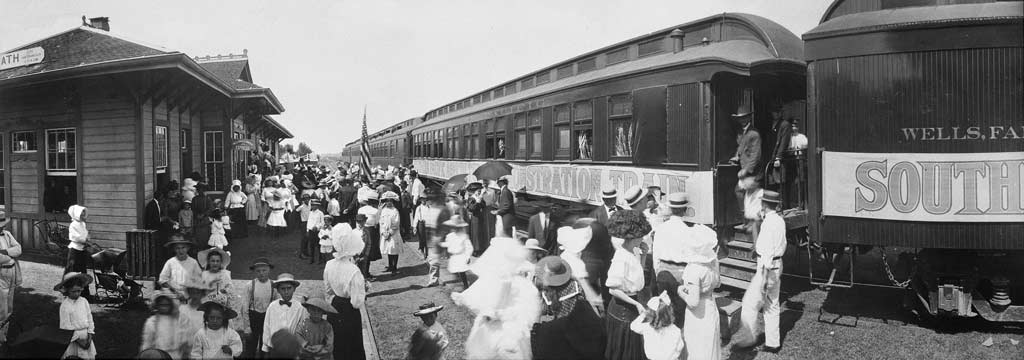
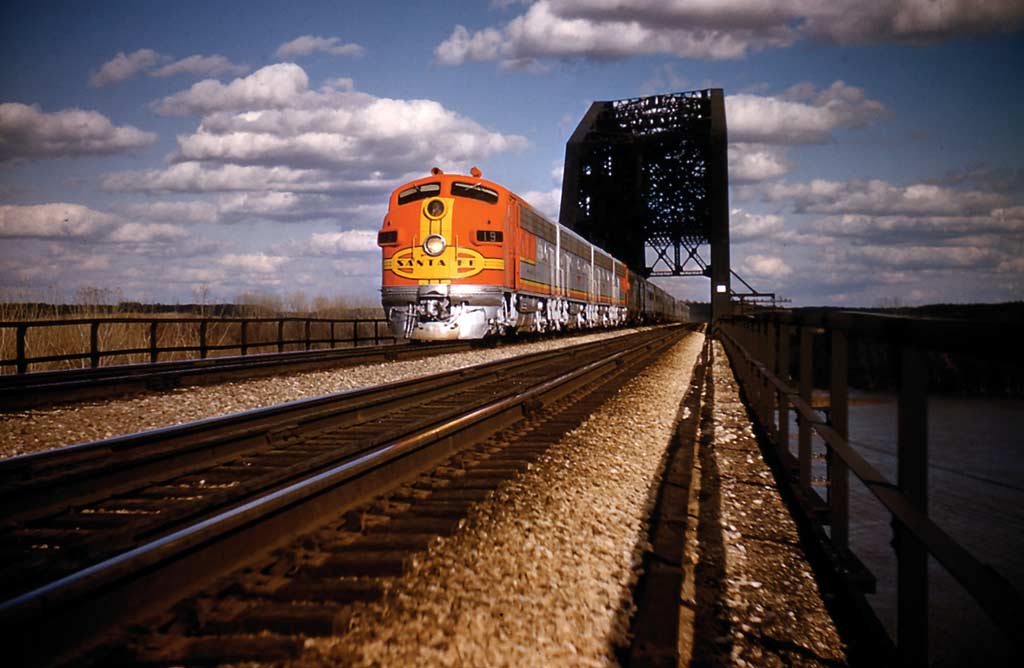
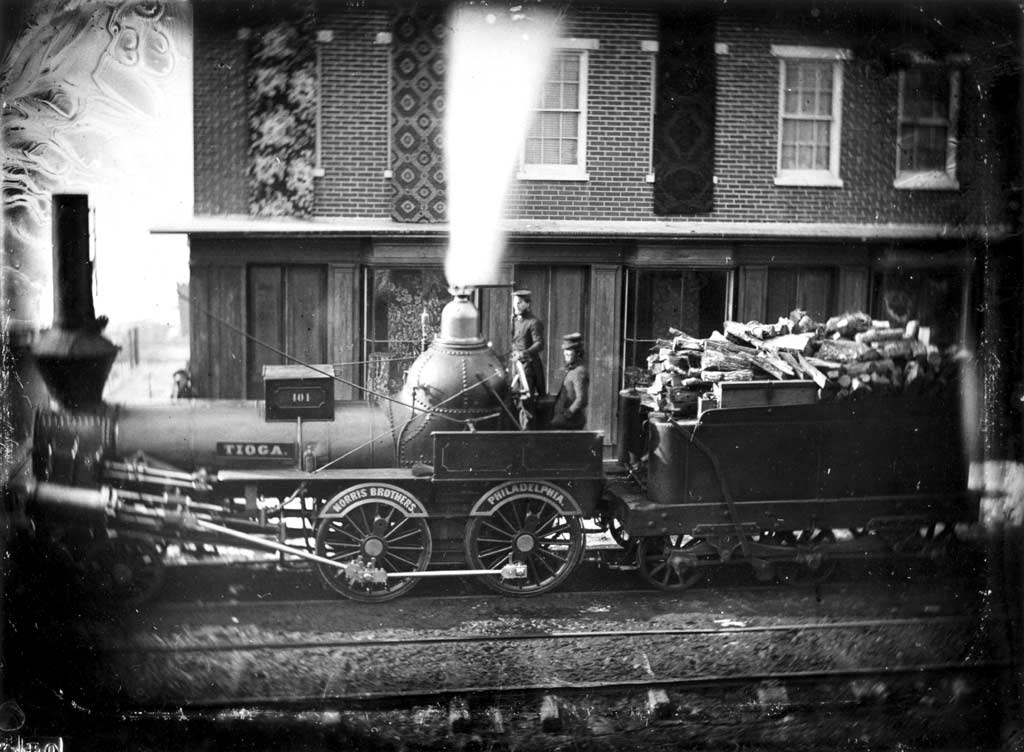
The photographic timeline traces the transitions in photography from daguerreotypes, illustrated with the view of the Tioga, to wet plates, Kodachrome, and digital images. Another photo included in Railroad History in a Nutshell is Dick Neumiller’s photo of Santa Fe’s Chief on the Illinois River bridge. It showcases a bright, fluffy Kodachrome sky, a tribute to the film Kodak is discontinuing. Other photos depict the transition from steam to diesel, the story of railroad regulation from the 19th century through the Staggers Act of 1980, and much more. The aim is to demonstrate how railroads came to span the North American continent and literally shape the economy and culture.
The timeline demonstrates how railroads inspired photographers and artists, with popular culture images including Lionel’s Super Chief toy train; a poster showing a 1903 sheet music cover of “The Midnight Flyer;” and a shot of an 1889 hand-painted, life-size locomotive model used to awe theater audiences into the early 1900s.
Another significant view is from collaborator California State Railroad Museum in Sacramento: a panorama photograph of a 1910 Southern Pacific-Louisiana State University agricultural education train in Erath (pronounced E-rath). Educators and exhibits on the trains showed people how various scientific findings could aid local economies. The excitement generated by the train is virtually palpable in the panorama. Railroad History in a Nutshell is an inspiring crash course of the history and role of railroading in the nation’s heritage.
JOHN GRUBER is a long-time Trains contributor, founder and president of the Center for Railroad Photography and Art, and editor of Railroad Heritage. He has been a freelance railroad photographer since 1960, and received a railroad history award from the Railway & Locomotive Historical Society in 1994 for lifetime achievement in photography.






